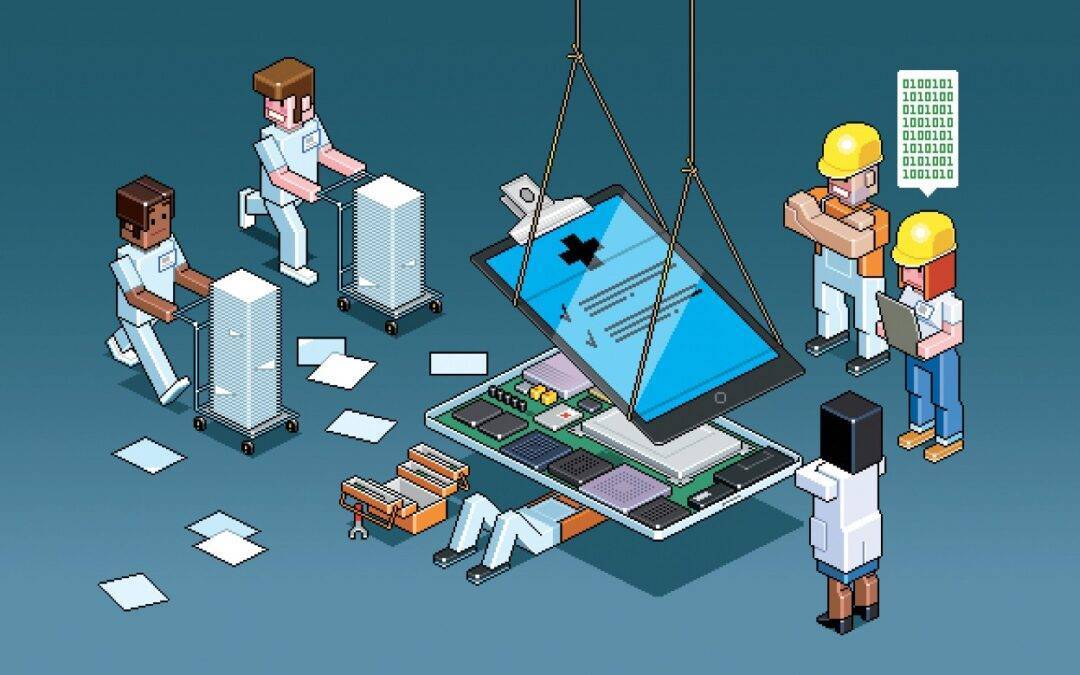We need to enable patients to get their data directly (or via the app or service of their choice) and also enable (and create incentives for) provider-based information exchange). Currently, with the lack of financial incentives to share data as well as an insufficient technical infrastructure, neither patient-provider nor provider-provider exchange is working well.
In the financial services industry, consumers can get their info directly from banks AND direct it to apps like Intuit’s mint.com that aggregate info from multiple sources. Consumers should have similar flexibility with health data.
As far as patient demand goes, I agree [with you] that merely accessing records in a “filing cabinet” model similar to that of early PHRs or a Health Record Bank isn’t compelling for many people on a daily basis. But that’s part of why it’s important to widely employ APIs to empower consumers to access their health records for and through other applications.
While I may not need to know details of my past procedures or tests every day, I would like them to inform applications that can give me actionable information and guidance that to help me make healthy decisions, manage chronic conditions, and prevent future illnesses in real time. EHR companies generally aren’t building tools like that. We as consumers need the ability to port the data out of EHRs and into applications that are nimble, actionable, and relevant.
This was the state of affairs in 2020 when it was published as a post by Lygeia Ricciardi, former Director, Office of Consumer e-Health, ONC, but things are rapidly changing. Medaflex is connecting to HIE’s and the developing national network QHIN to make readily available and accurate Electronic Patient Health Records (ePHI) from EMRs a reality.
See our post ‘Say Hi to EHI’ for a more complete description.

